In most London taxis, the intercom microphone to talk to the driver is located in the roof of the car. But in the new London Electric Vehicle Company (LEVC) TX taxi, the microphones are in the window pillars in front of the rear seats.
A trivial change? Not at all, because when most passengers talk to the driver, they lean forward – lining up almost perfectly with that pillar-mounted microphone.
German version of LEVC TX shown at Frankfurt
Sure, there are bigger things to admire about the TX taxi, such as the powertrain, which features a 145bhp electric motor alongside a range-extending petrol engine. By default, that 1.3-litre engine (which doesn’t recharge the battery, so it doesn’t encourage inefficient driving) only kicks in when the 70 miles or so of electric power is depleted. However, it can also be deployed manually, allowing cabbies who live in the suburbs to drive in under petrol power before switching to electric when they reach zero-emissions zones. (From the start of 2018, all new London taxis must be capable of zero-emissions running.) In total, the TX offers around 400 miles of range, around 80 more than the current, diesel-powered TX4.
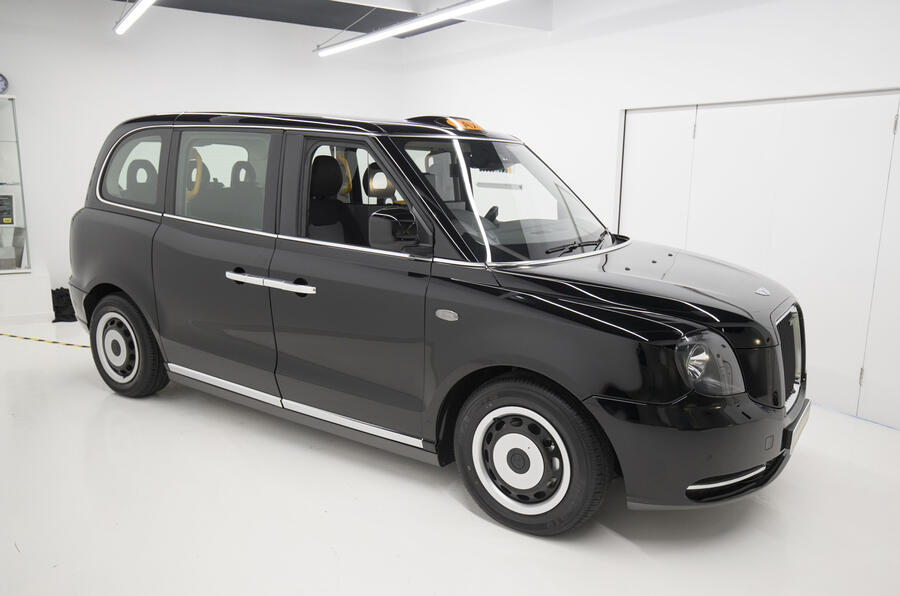
You could also admire the TX’s bonded-aluminium architecture, which helps offset the weight of the powertrain. Then there’s that famously tight turning circle (8.535m, since you asked), which requires front wheels that turn up to 68deg. By comparison, the wheels of a typical SUV turn 38deg.
So there are plenty of big things to admire about the TX. But from where I’m sitting, it’s the small details that stand out. Such as the microphone. Or the four USB ports, 230V power point and on-board Wi-Fi. That’s because where I’m sitting is the back of a prototype TX cab, which is negotiating the tight streets of Highgate in north London.
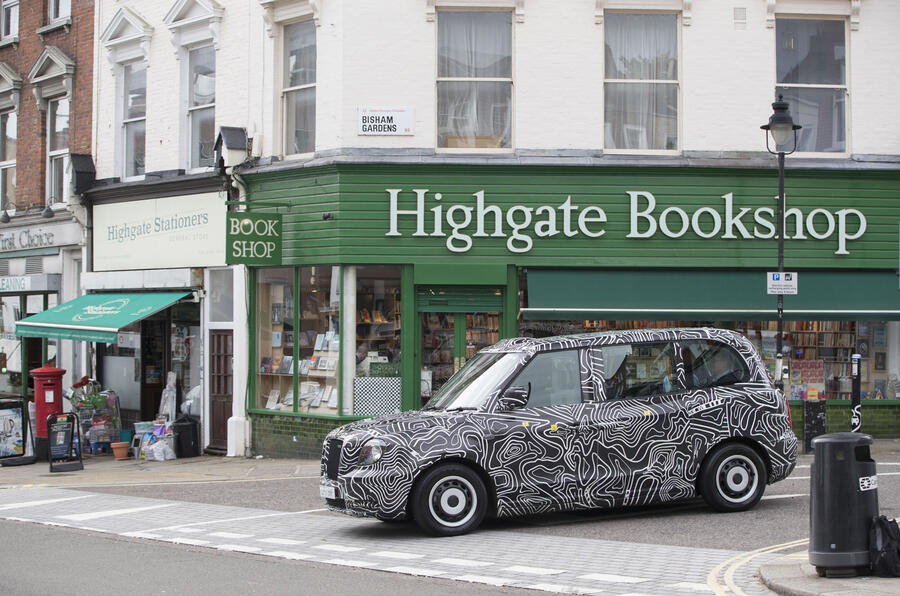
Sitting beside me – but not too close, because the back of the TX is really very spacious – is Ian Collins, the project’s technical chief. He’s talking me through the design features that, LEVC hopes, will make the TX a success, both in London and around the world. Rotterdam has already bought 225, a German version was unveiled at the Frankfurt show and a plant is being established in China to build variants.
I can hear Collins explain all this to me because the TX is as quiet as you’d expect an electric cab to be, with the passenger area acoustics refined for what’s called ‘intelligibility’. Basically, it’s designed to hold a conversation in. In fact, the only engine noise I can hear is the diesel trundle of an older TX4 cab following us.
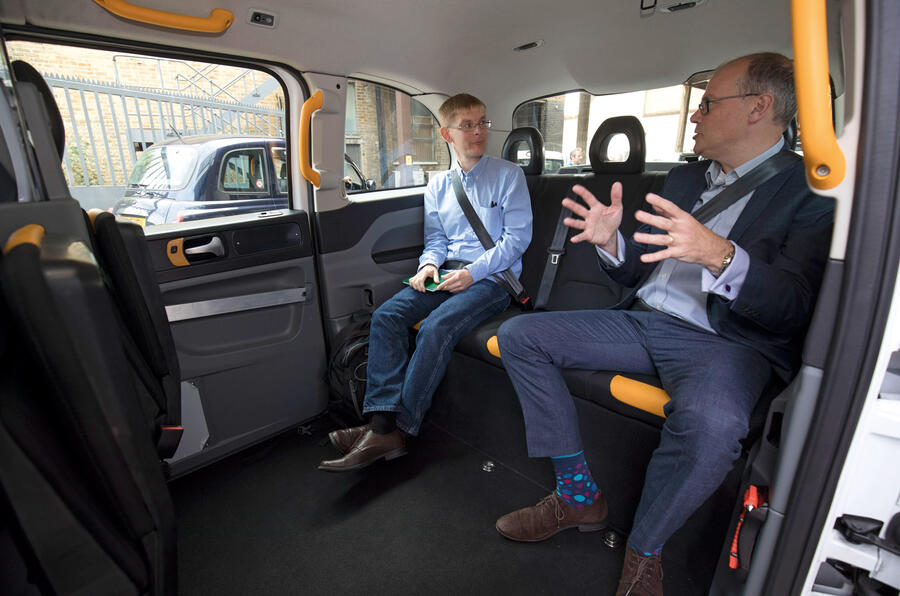
For comparison, I’d headed to LEVC’s base in a TX4 taxi, cosseted from rush-hour London chaos in the familiar, practical but plain passenger space. But jump into the TX and the difference is immediate. It’s still relatively plain – the interior has to be durable to cope with a fair amount of abuse over a long life – but it feels far more spacious, especially with its huge glass roof. There’s seating for six, compared with five in the TX4. The three rear-facing fold-down seats are staggered, ensuring passengers don’t rub shoulders. Even with six normal-sized people inside, there’s enough room to avoid knocking knees with the person opposite.
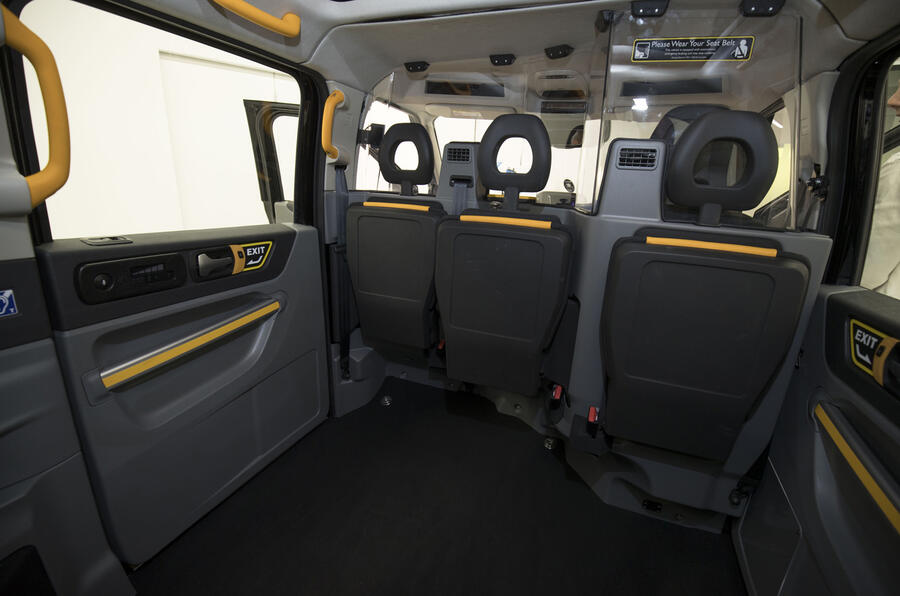
The extra space is particularly important for disabled passengers, who gain access via a ramp that folds out from the door sill in seconds. (The TX4’s ramp needs assembling using parts stored in the boot.) For the first time, the TX has room for a wheelchair to face forward.

Accounting for that mechanism was “a massive challenge”, according to Collins. It was “an inviolable space” around which the powertrain had to be packaged.
Packaging was a major issue when designing the TX. Transport for London rules stipulate a maximum length of 5.0m (to fit taxi ranks) and taxi drivers didn’t want the TX to be any wider than its predecessor. Then LEVC had to fit in that electric motor, battery, range extender and generator, all without squeezing the passenger space. Making it all fit was a real achievement.

Which, as I stretch out my legs and relax in the TX’s spacious interior, I’m very grateful for. Turns out it’s not just the small things I appreciate about the TX, then.
Behind the wheel: upgrades for drivers
Passengers hop into taxis for mostly short journeys. But for cab drivers, a taxi is their business – and office. And it's an office that will cost them from £55,599 - or around £177 per week on a finance deal, the route chosen by most cabbies.
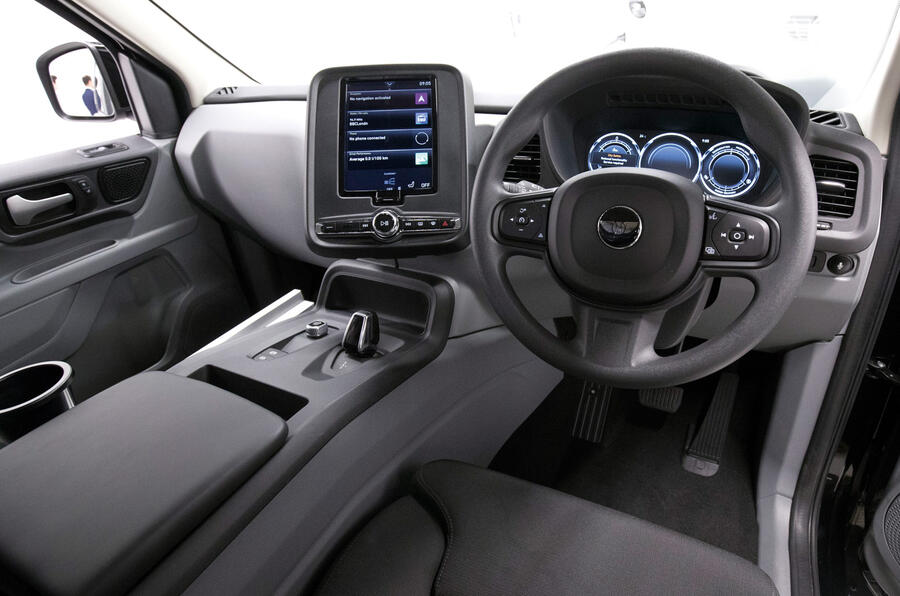
To make them economical as a business, London taxis are built to last. They have a lifecycle of 15-20 years. That includes the battery, which, LEVC reckons, will retain 75% charge capacity after 15 years, based on a worst-case scenario of 9000 cycles.
They’re durable, too. Cold-bonded exterior panels can be easily replaced. (Taxis aren’t allowed on London’s roads if they sport damage.) And while the interior is comfortable, it forgoes luxury such as a leather steering wheel, which would wear over a long period.
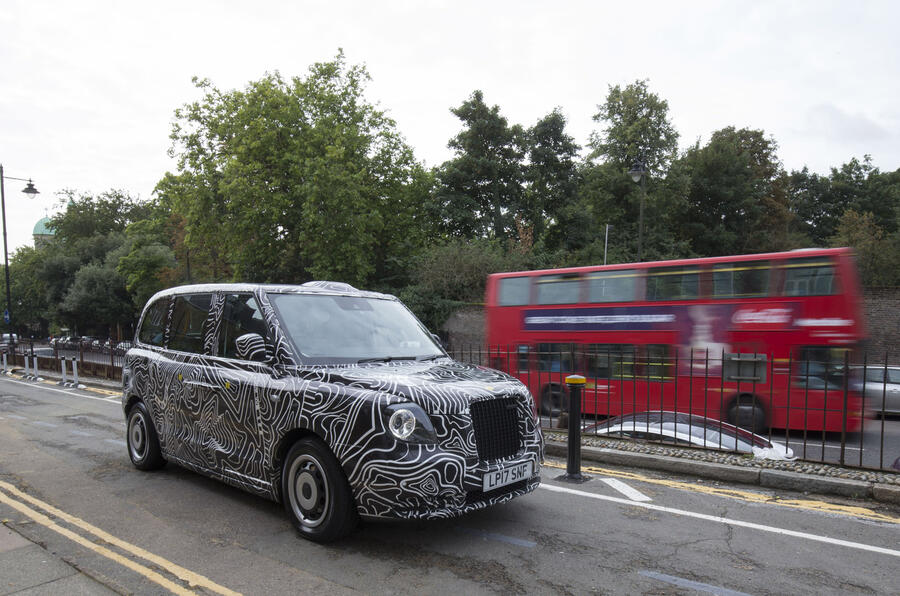
But drivers get many neat features: USB ports, dual-zone climate control and a lockable under-seat storage hold. There’s hugely upgraded tech, too, much of it sourced from LEVC’s sister firm Volvo, including safety kit such as autonomous emergency braking (AEB), a digital instrument display and a touchscreen.
There’s sat-nav, too, which you might not expect given how proud London taxi drivers are of The Knowledge, the ultra-tough test which requires them to build an intimate knowledge of London's streets. But it's a useful system to aid sales outside the capital, and it does help London drivers, too - many use sat-nav to check traffic.
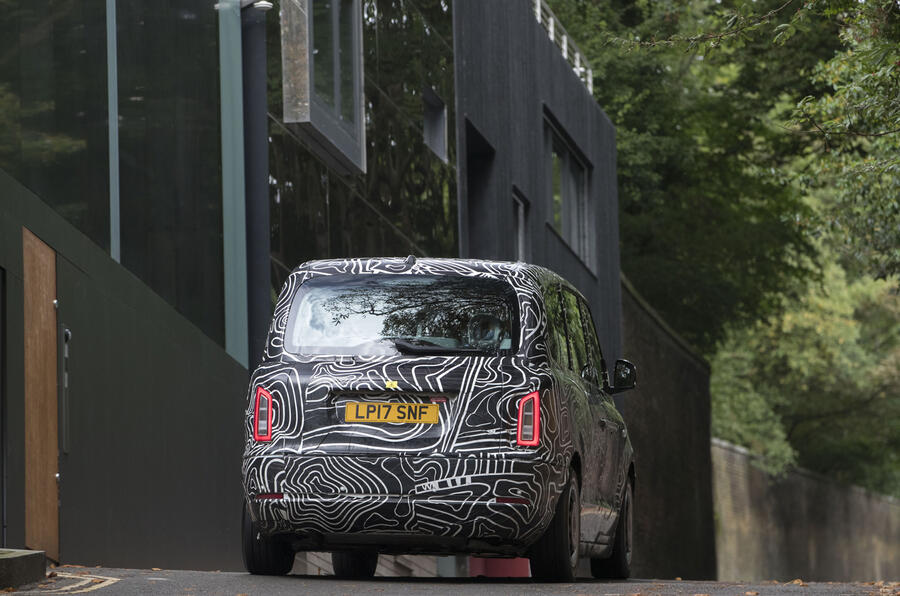
Read more
German version of LEVC TX shown at Frankfurt
TX taxi makes dynamics debut at Goodwood - with video

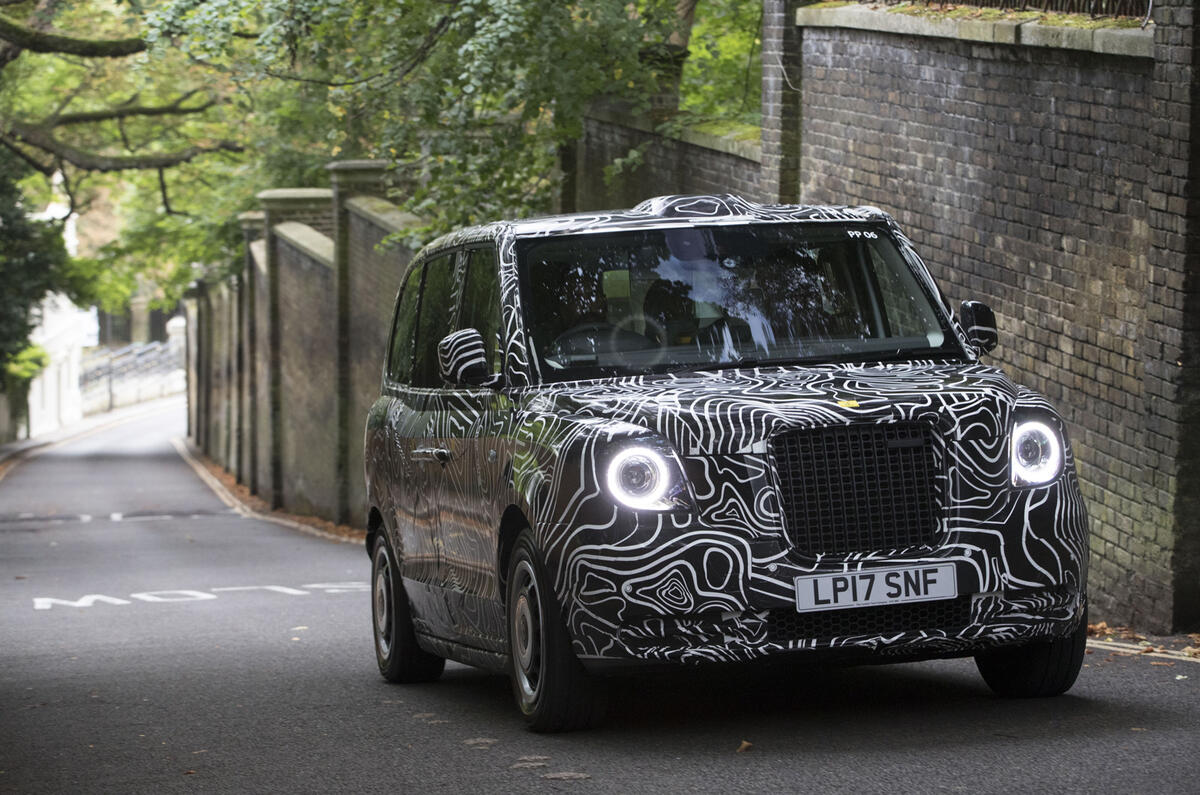
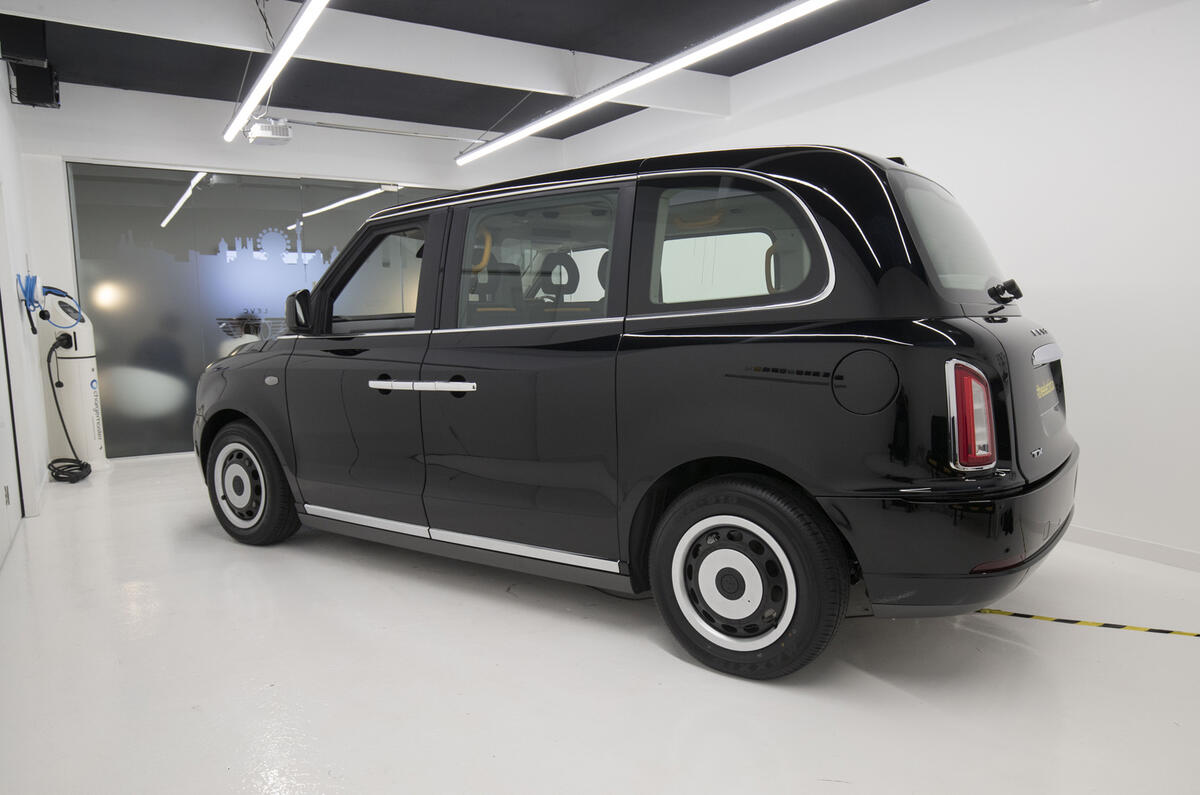
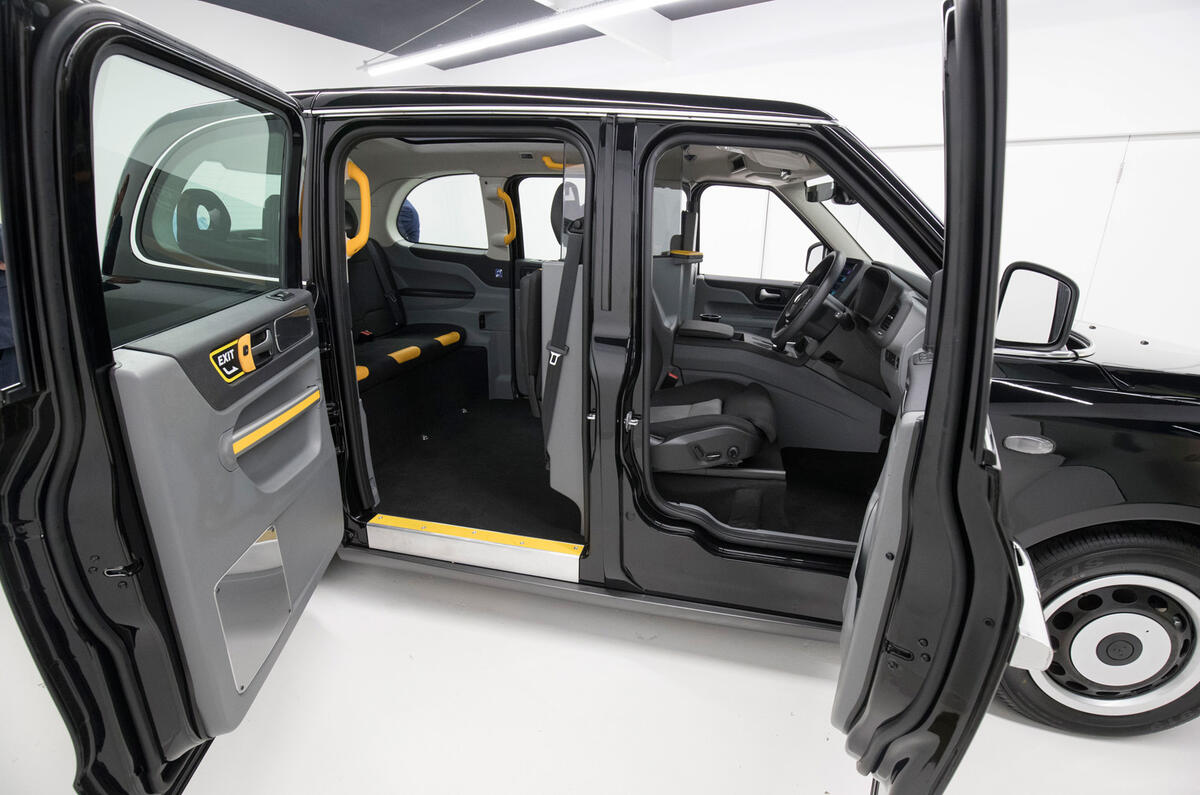
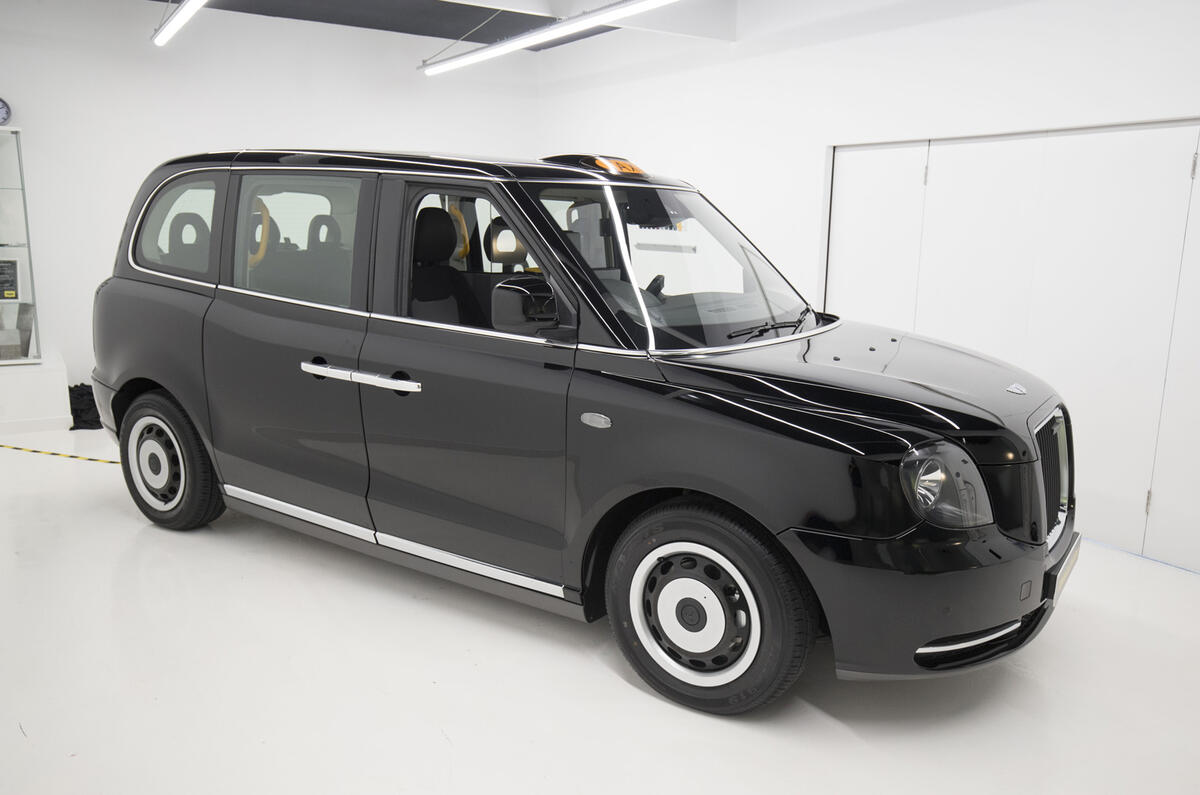
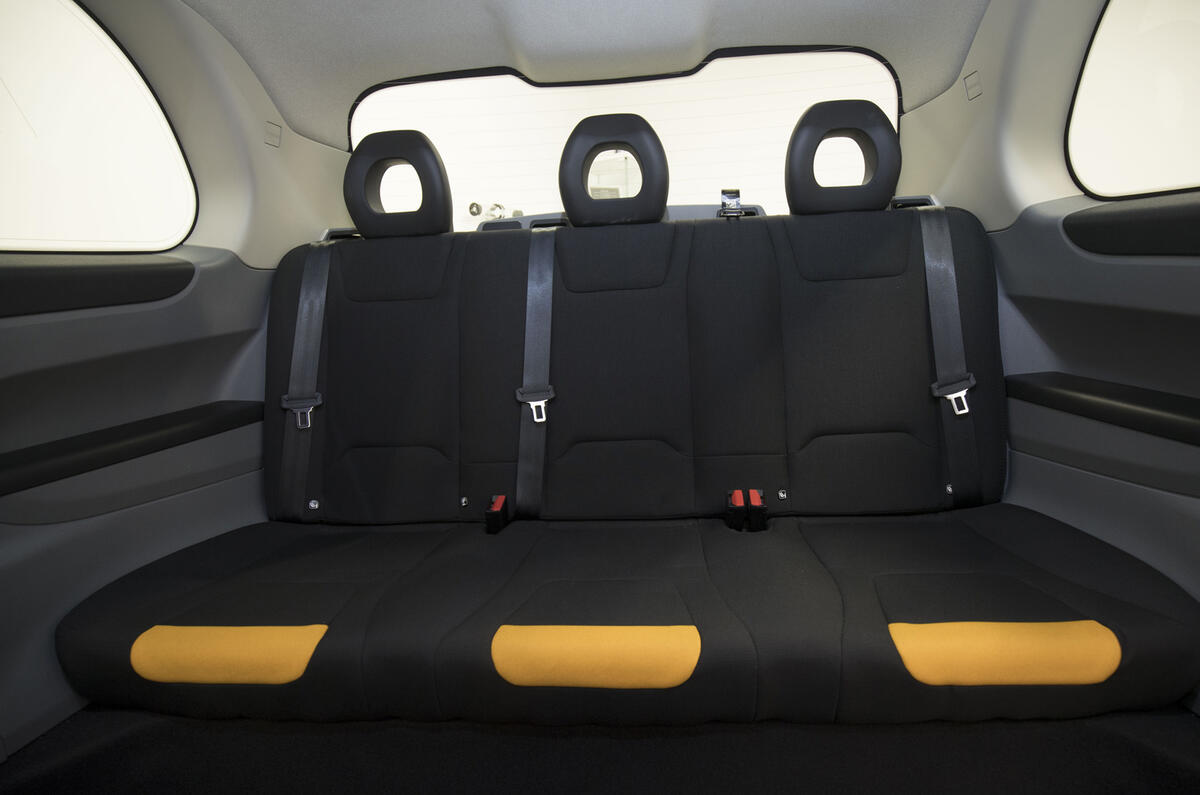
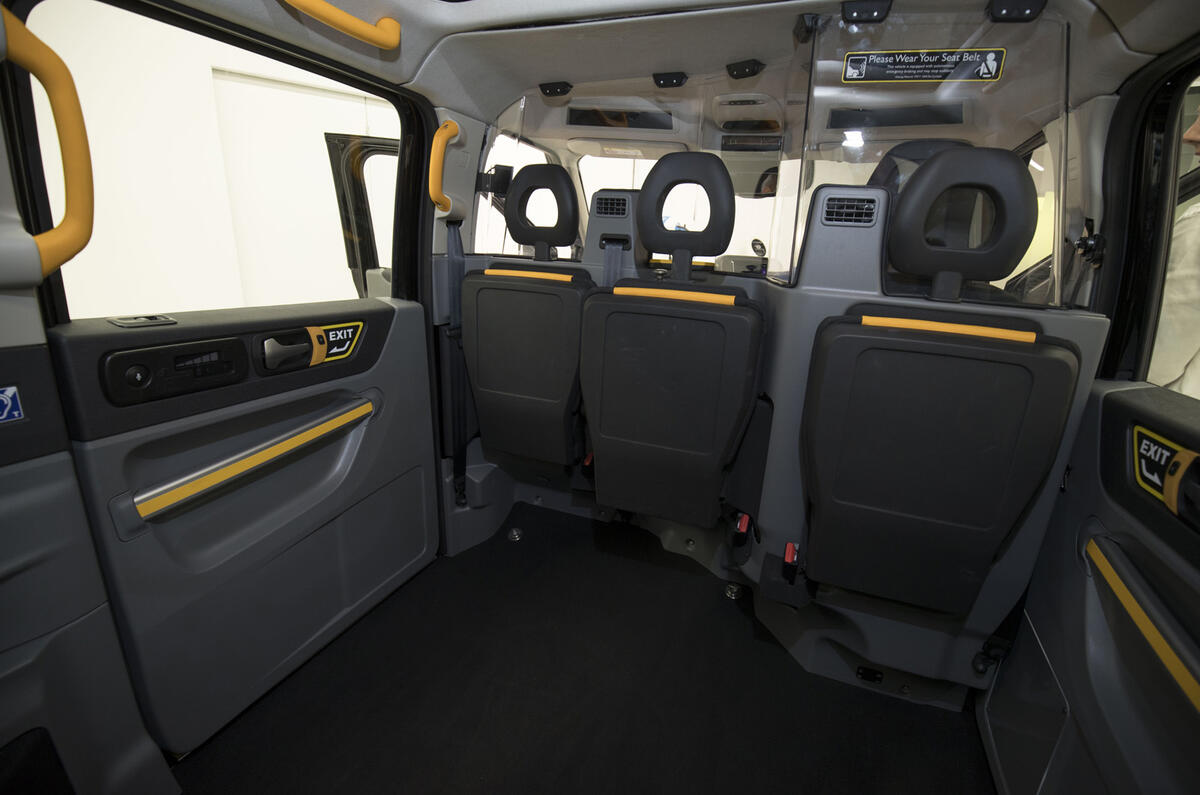
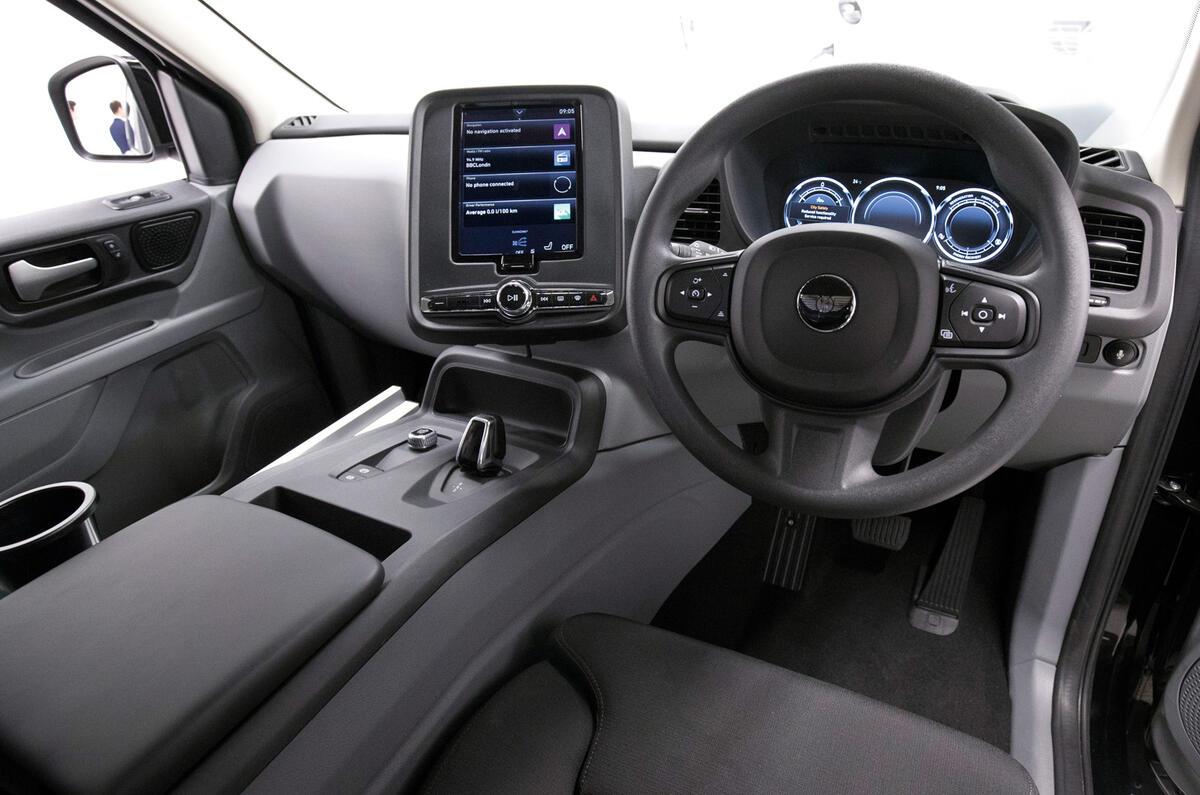
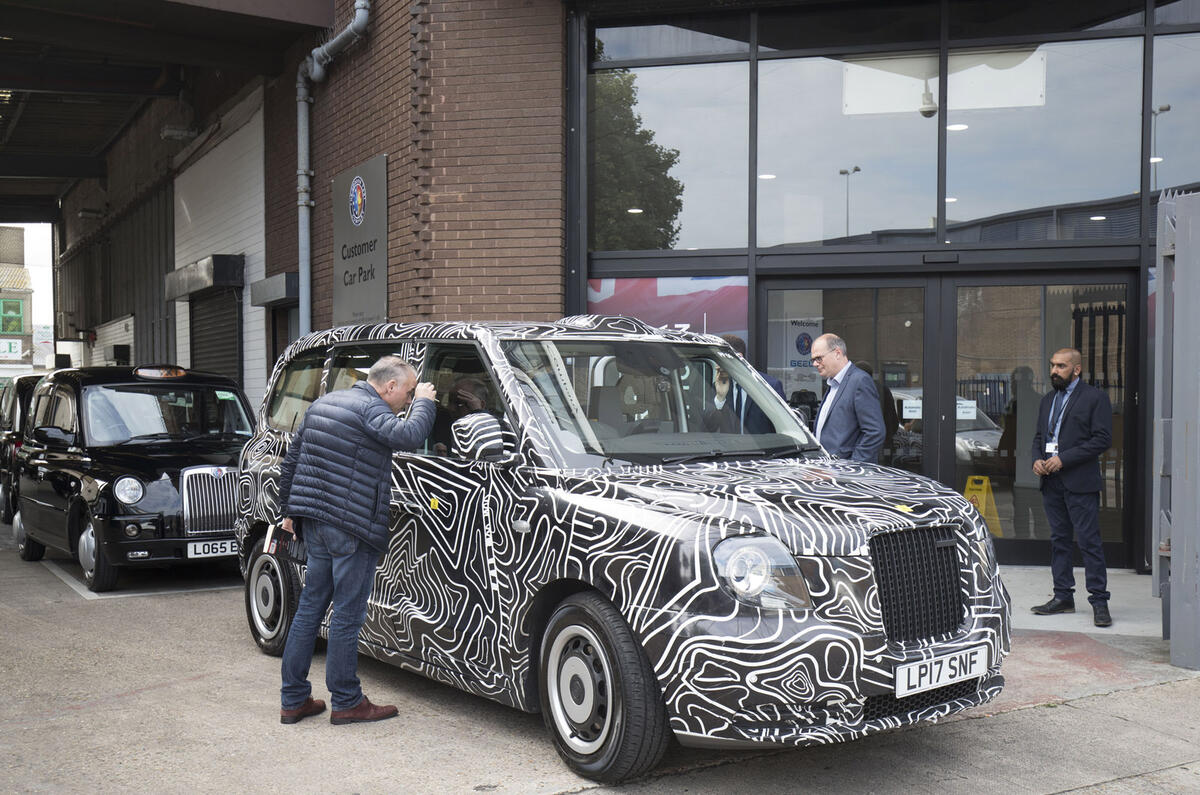
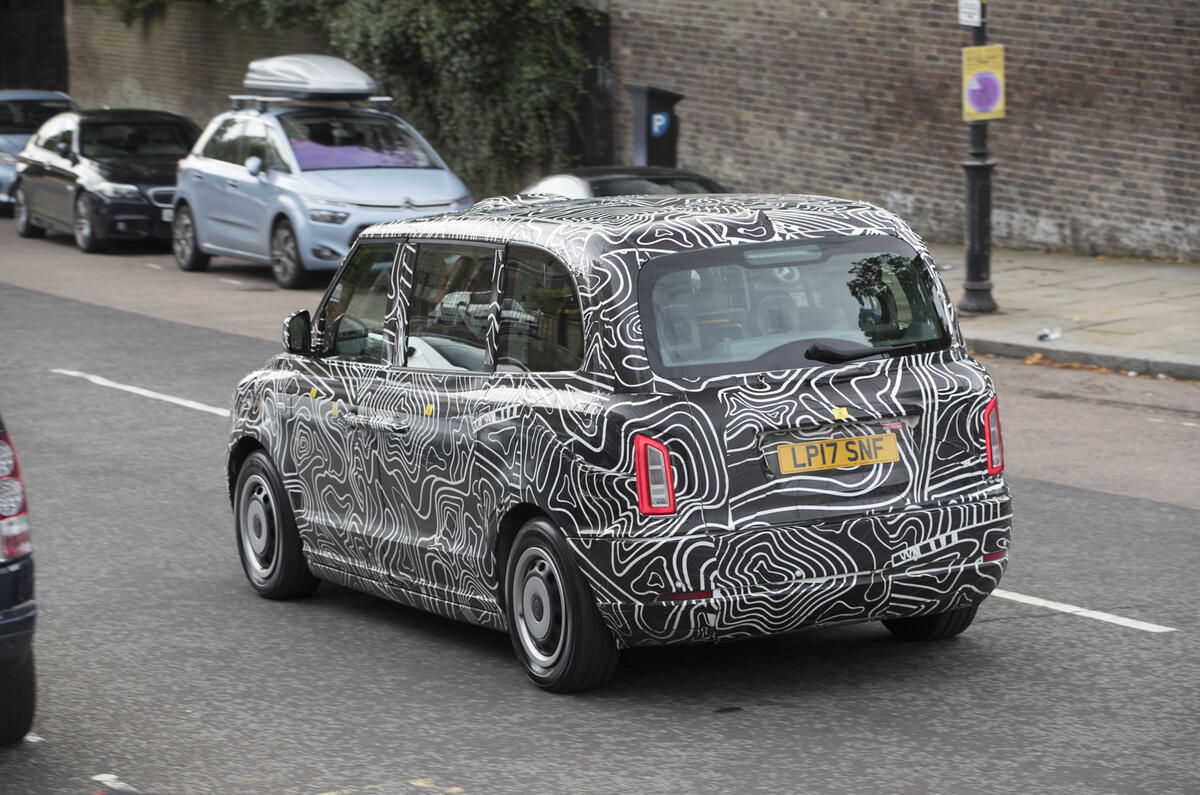
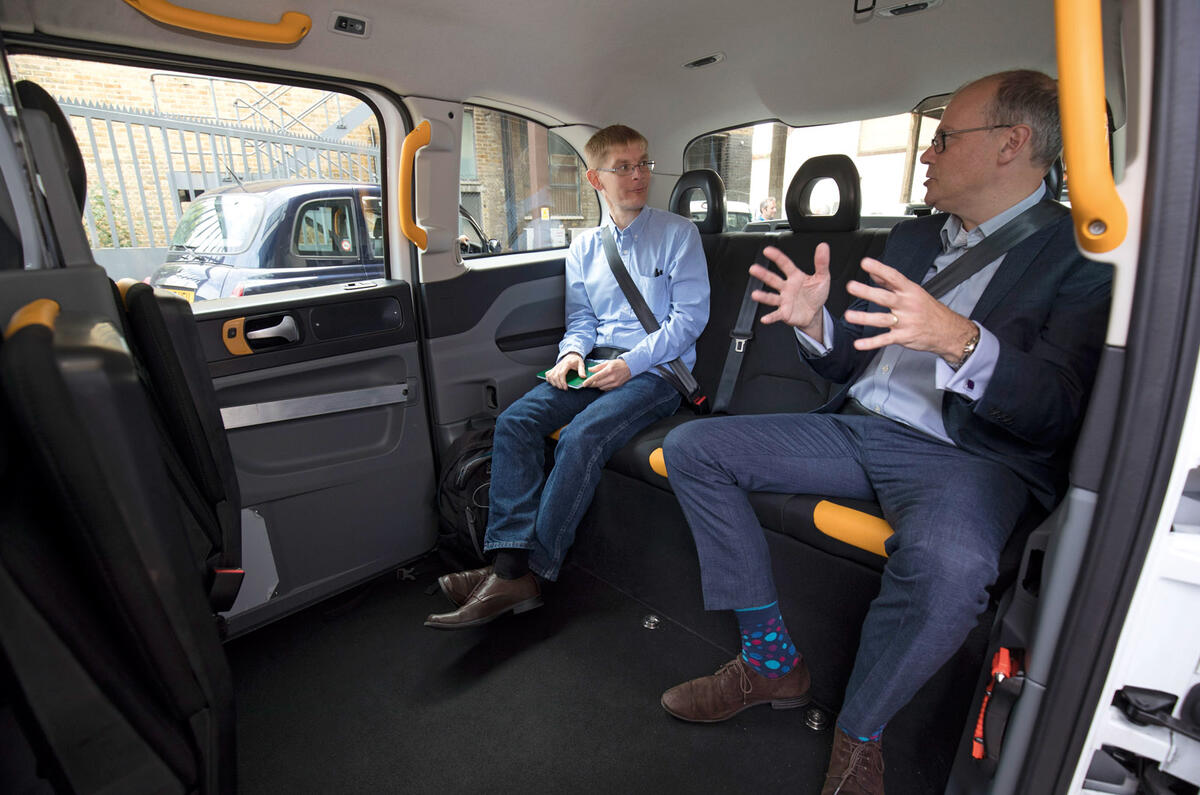

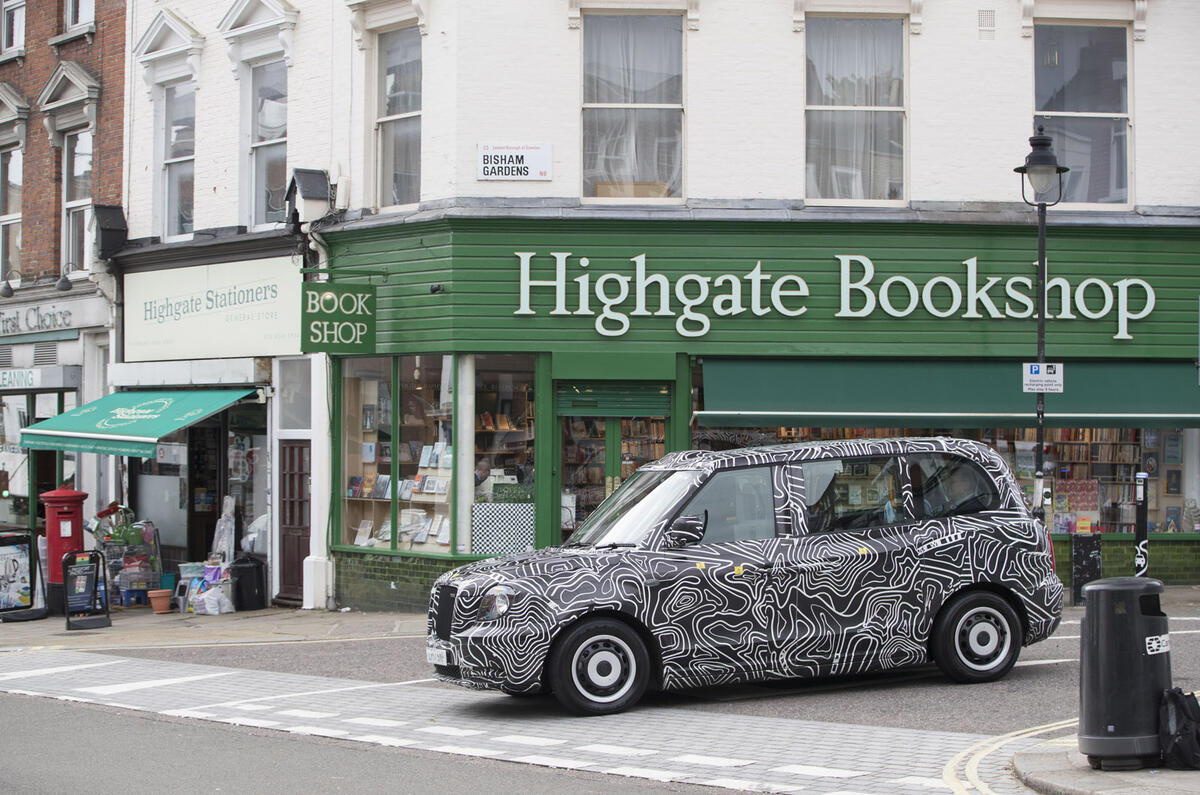
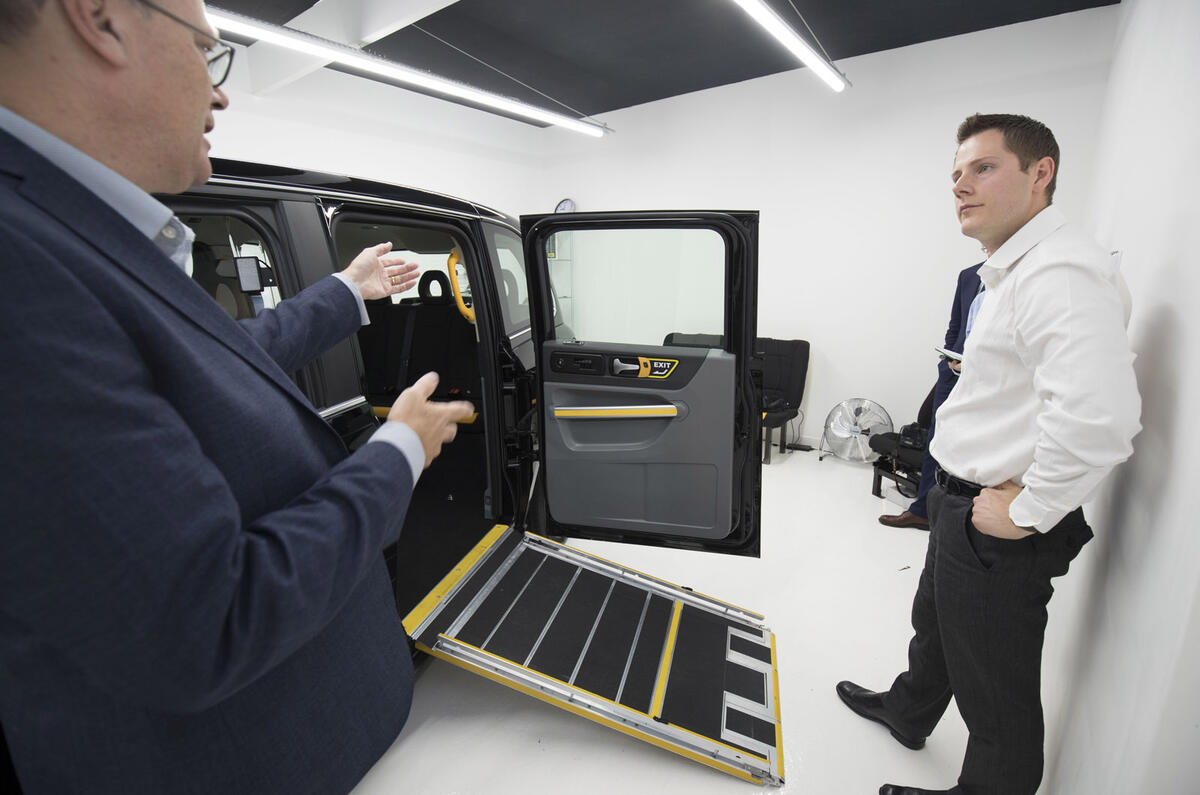
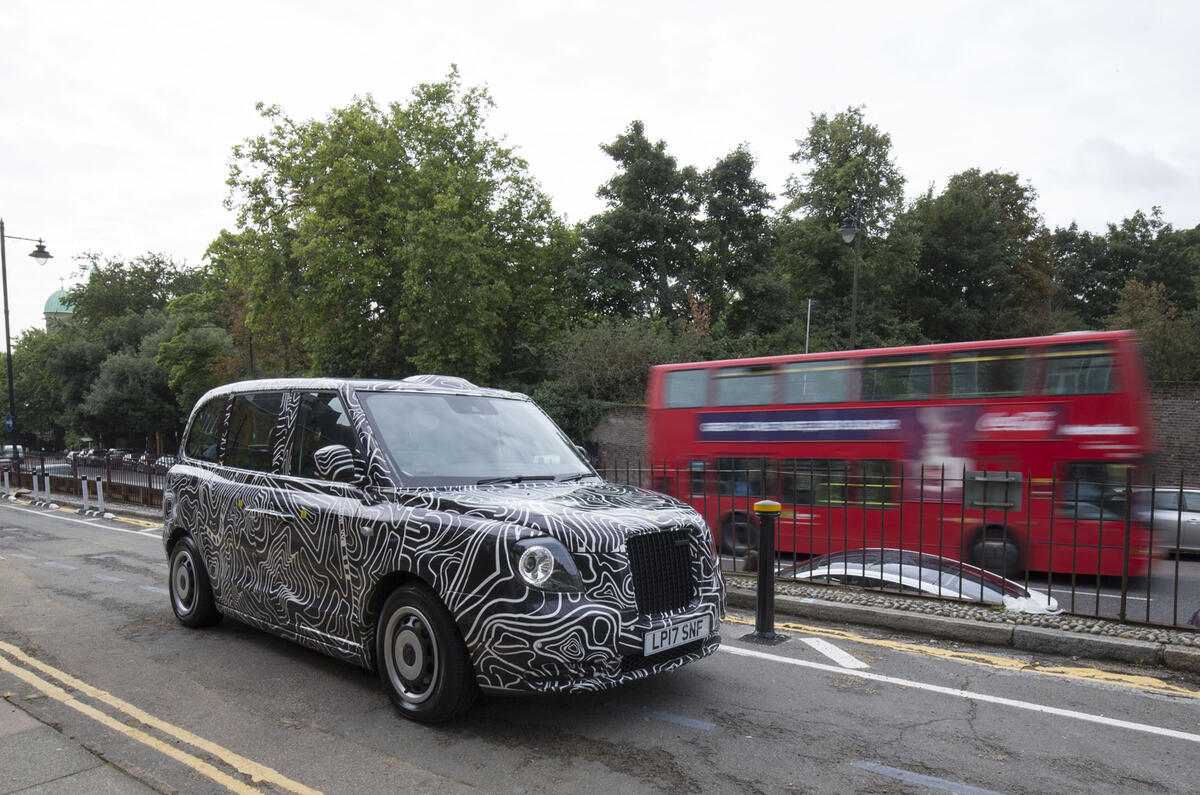


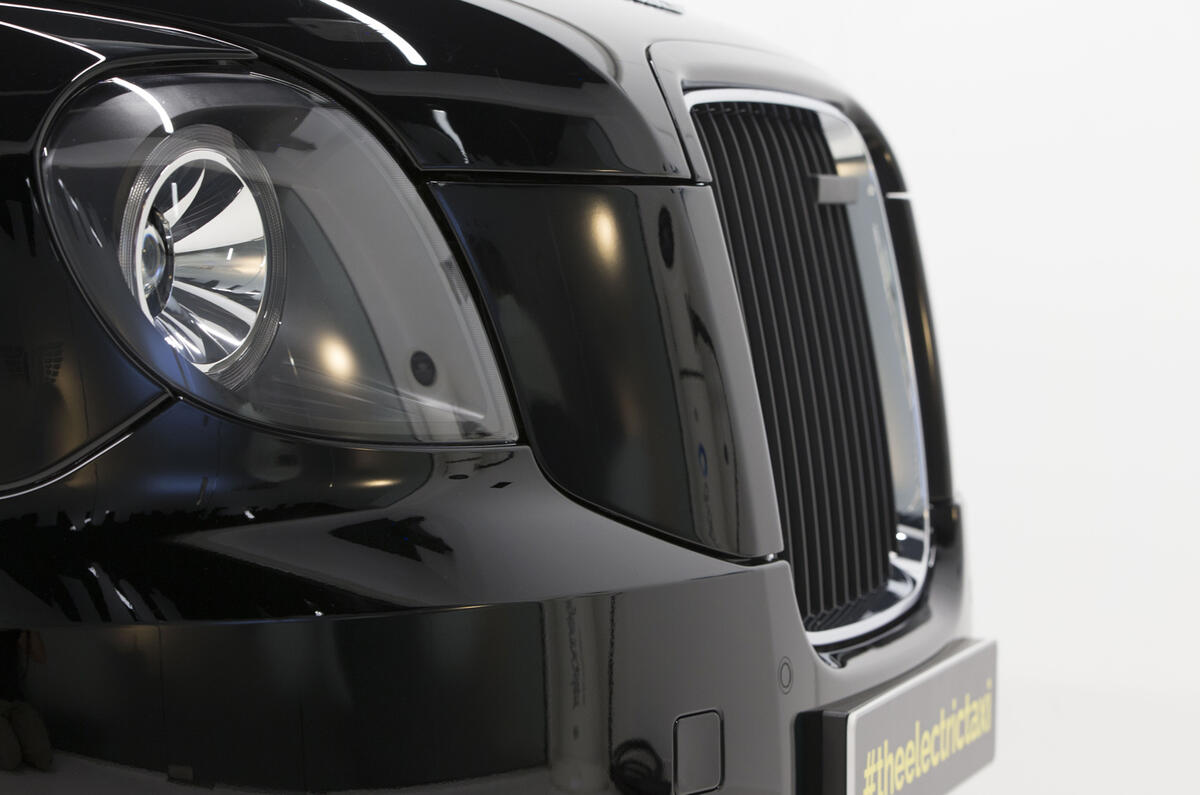
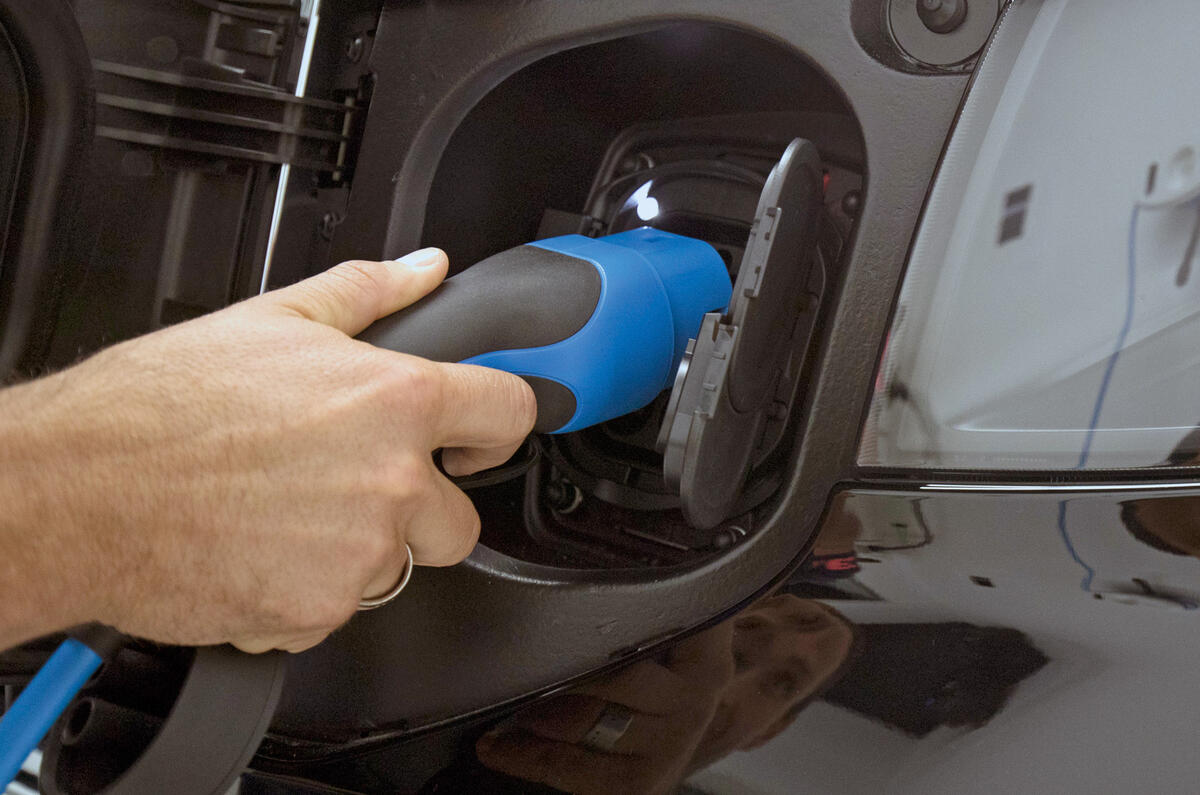
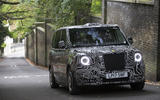

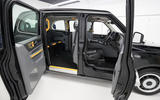




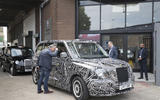
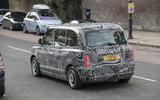
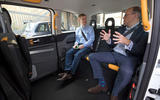
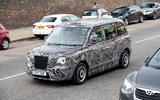

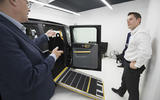

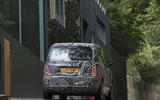

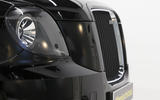







Join the debate
Add your comment
Nice Bentley bentayga
i like the ramp for running the wheelbarrows of money into the back. Good effort Bentley
Are they serious about those
Are they serious about those instruments ? ! Fake analogue dials complete with fake shine ??!! Tacky as you like.
2018?
Assuming all London taxis on the road in 2018 don't have to be zero emission capable? That's only 3 months away. About time they were cleaned up though.